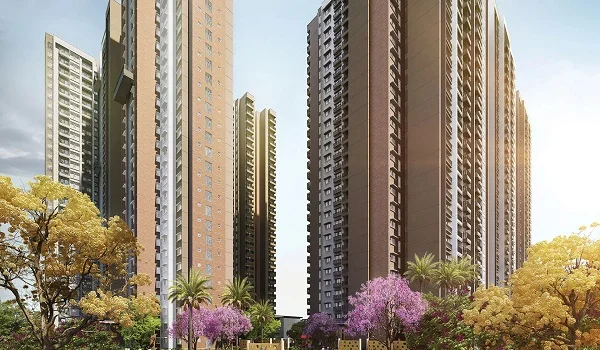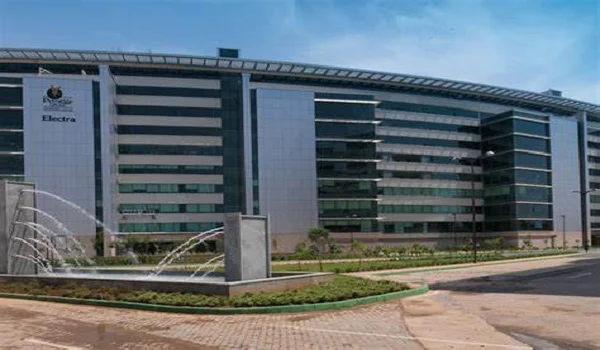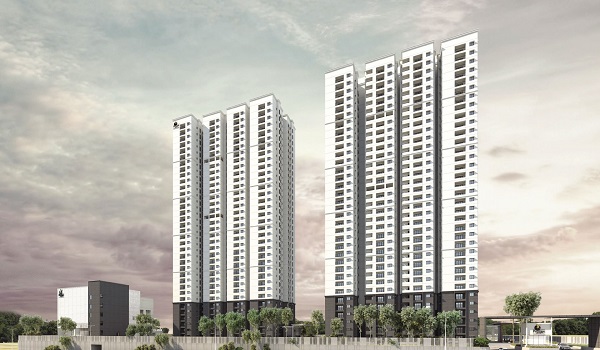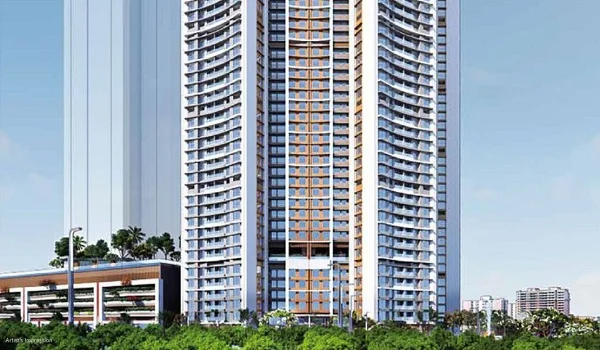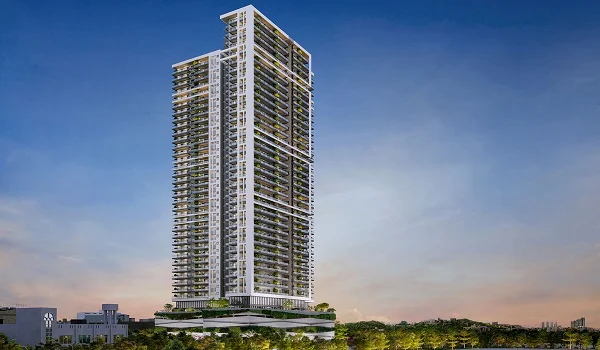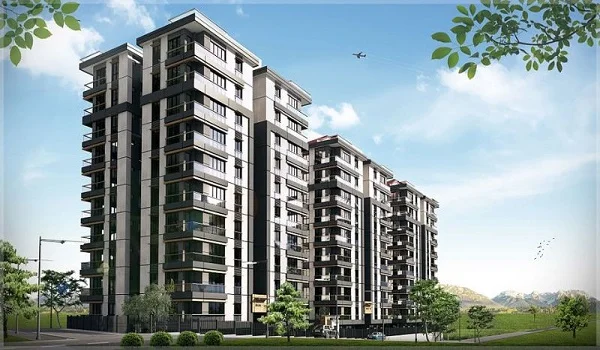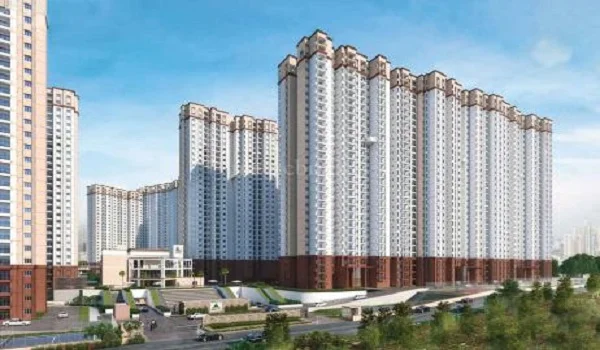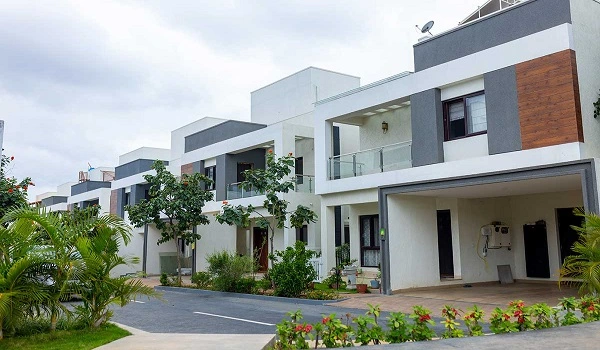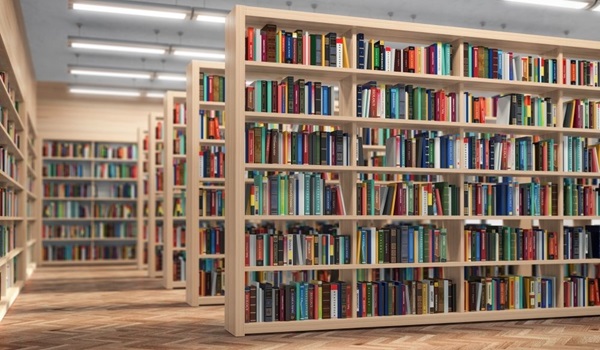Smart Home Features to Expect in Premium Residences
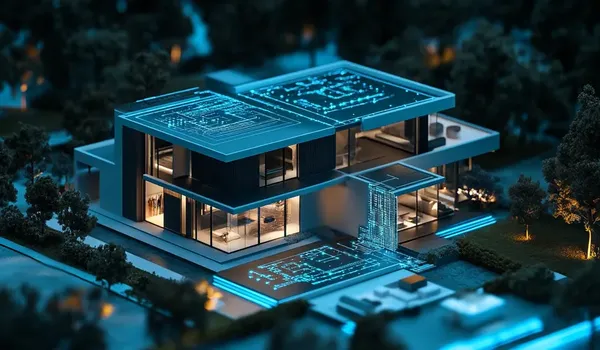
Smart features now shape what “premium” means. Buyers lean toward homes that are safer, easier to run, and cheaper on energy. The global smart home market was about USD 121.6B in 2024 and is projected to be USD 147.5B in 2025, growing fast through the decade. India’s market is rising from ₹8,000 crore (2023) to an estimated ₹36,000 crore by 2028, with security devices leading demand.
Smart devices also nudge value. Studies report faster sales and small but real price lifts when homes include things like smart security and thermostats. Think ~5% for security and ~3% for thermostats in some datasets.
In premium segments, yes—because buyers see safety, comfort, and lower running costs as worth paying for. Research summaries linked to agent data and NAR reporting show homes with smart packages sell quicker and can secure a modest price bump, especially when security and climate controls are part of the bundle.
Demand signals line up, too. Recent surveys show a healthy share of buyers would offer more for a smart-equipped home rather than less. That “lean to pay” supports resale.
- Start with security. Biometric door locks, video doorbells with face recognition, and AI CCTV that flags unusual motion are table stakes in luxury projects. These are the features buyers notice first—and the ones most linked to value.
- Layer in comfort and control. App and voice control for lighting, ACs, and blinds should work room by room. A smart thermostat that learns schedules adds comfort and saves energy at the same time. EPA-aligned estimates and Nest studies show ~8–12% heating and ~15% cooling savings when used properly.
- Add efficiency and health. Smart meters, motion-based lights, and shade control trim bills; air and water quality systems protect the family. In well-set homes, overall automation can cut 10–20% on energy according to consumer guidance roundups.
Budgets vary by scope and brand. For a basic setup—smart lighting and entry security in a 2–3 BHK—expect roughly ₹50,000 to ₹2,00,000. Mid-range packages with climate control and entertainment run ₹2,00,000 to ₹5,00,000. High-end, whole-home systems usually exceed ₹5,00,000 and can go well beyond that in luxury builds.
Pricing also depends on retrofit vs. builder-integrated. Retrofitting a finished home often costs more than buying into a project that provisions the wiring, hubs, and networking from day one. (Brand examples in India show wide ranges—from subscription models to “per-BHK” packs.)
A luxury smart home feels effortless. Rooms pre-cool before you arrive. Lights shift with daylight. The shower hits your saved temperature without fiddling. Kitchens use smart fridges to suggest recipes. Behind the scenes, a solid network, certified devices, and standards support (like Matter/Works-with ecosystems) keep everything stable and secure.
At the top end, tech moves from handy to bespoke. You’ll see private server closets, robotic parking, VR entertainment rooms, and even drone delivery pads in some flagship properties. Global showcases pair art-grade interiors with whole-home control and pro-grade AV that auto-calibrates per room. (This tier is driven by the same market wave fueling the broader smart-home growth.)
For your readers, here’s the brand tie-in. Prestige Evergreen is presented as a large integrated township in the Whitefield–Varthur belt, with a multi-phase plan and a premium positioning. Project pages highlight scale (over 100 acres+ across phases) and a tech-forward lifestyle, aligning naturally with smart-ready provisions expected in this price band—secure access, app-based controls, and high-speed digital backbones typical of top projects in East Bangalore.
If you want a home that holds value, pick features buyers can feel on day one: strong security, easy controls, and visible energy savings. The market is growing quickly—India to ₹36,000 crore by 2028—and buyer comfort with connected devices is rising each year. Choose certified gear, plan wiring early, and keep the setup simple to use. That’s how a premium home feels smart—not just “techy.”
Prestige Evergreen Blog
| Enquiry |
